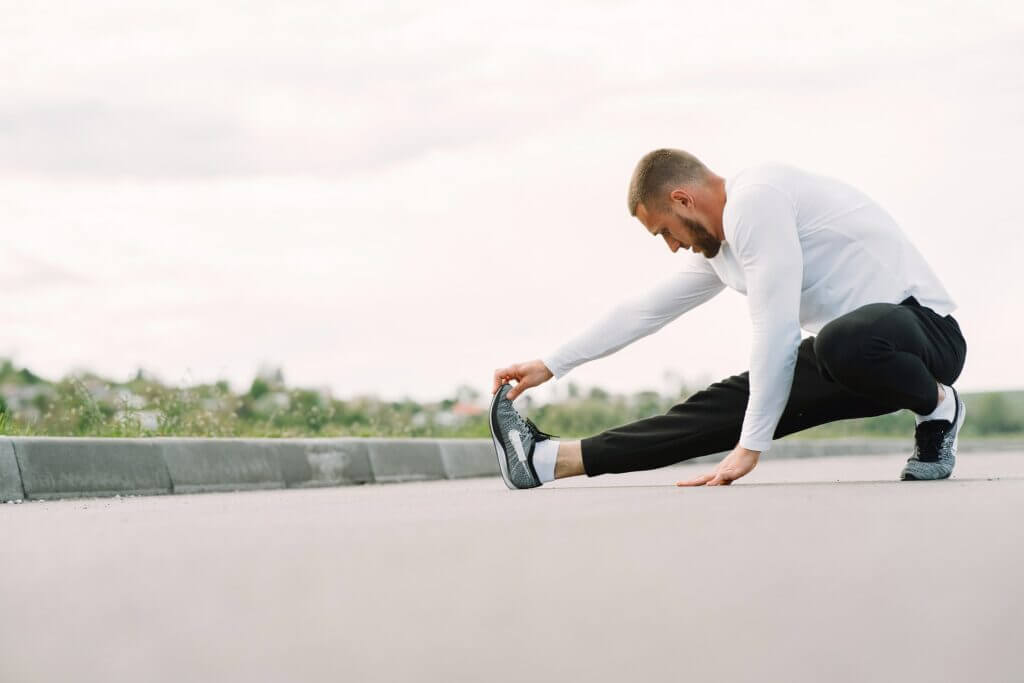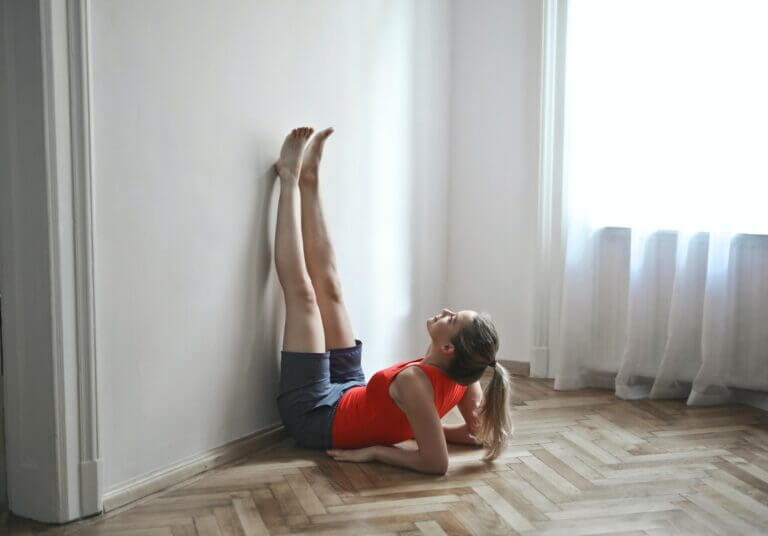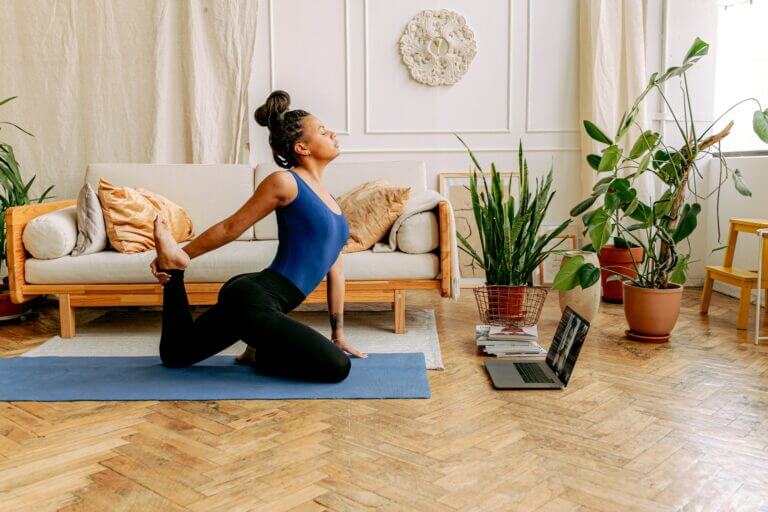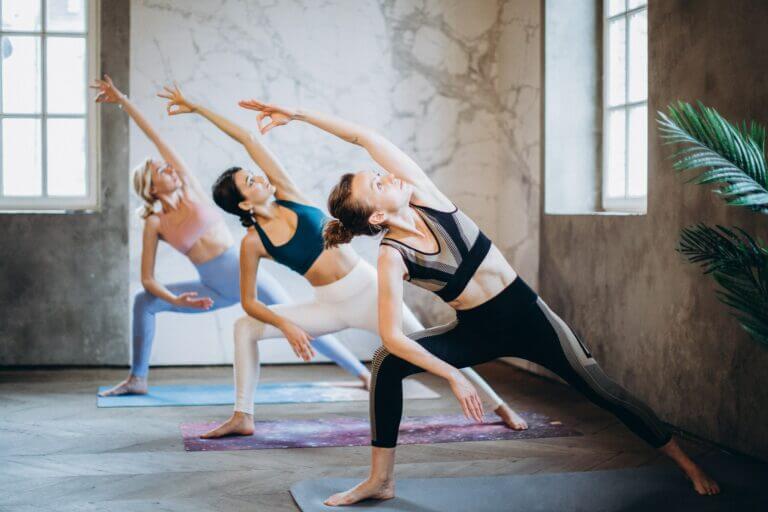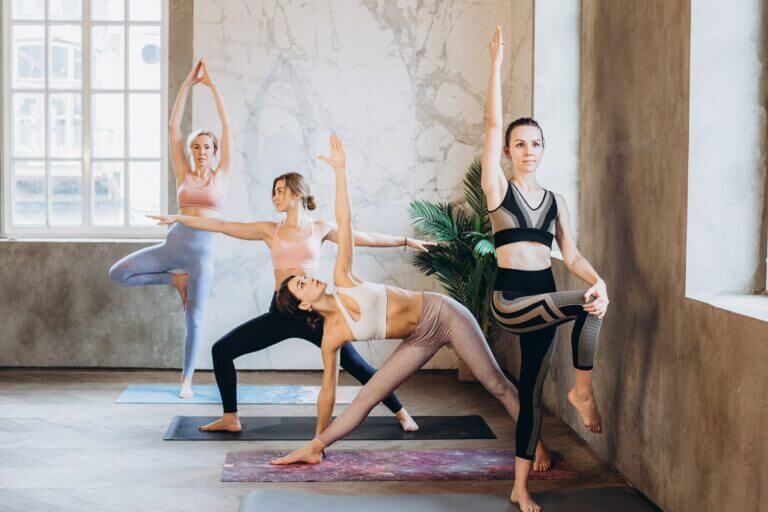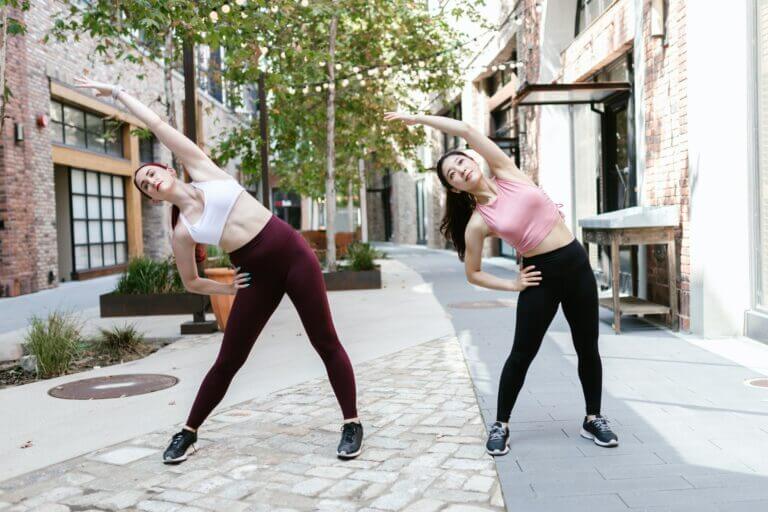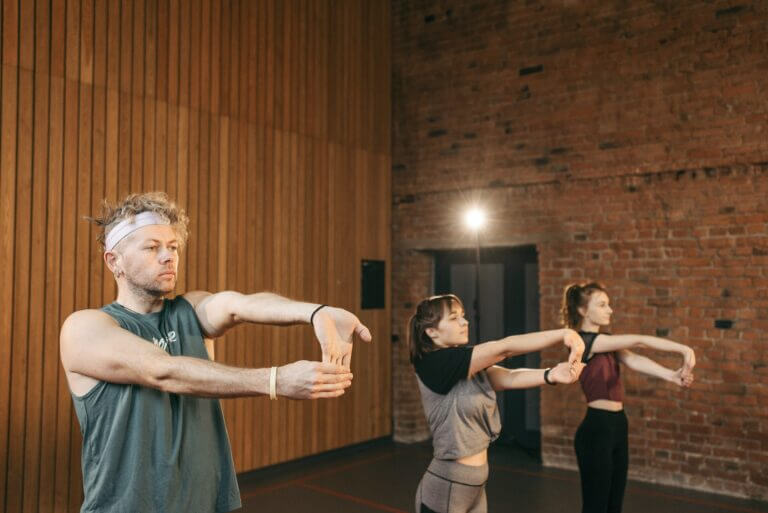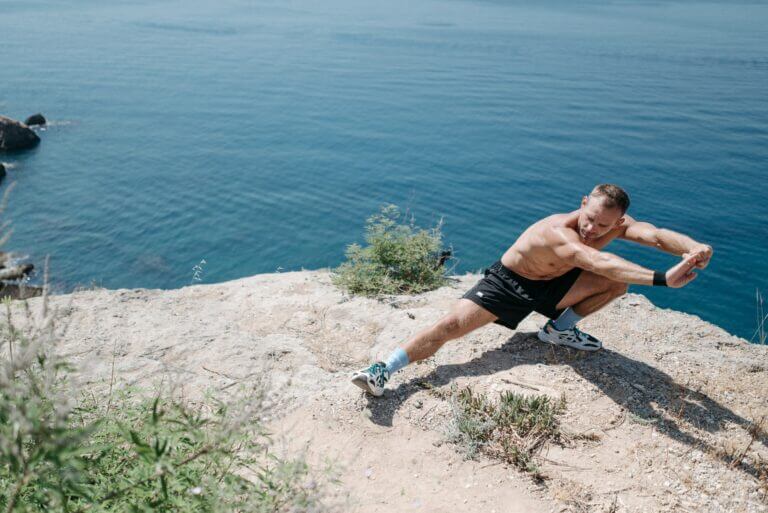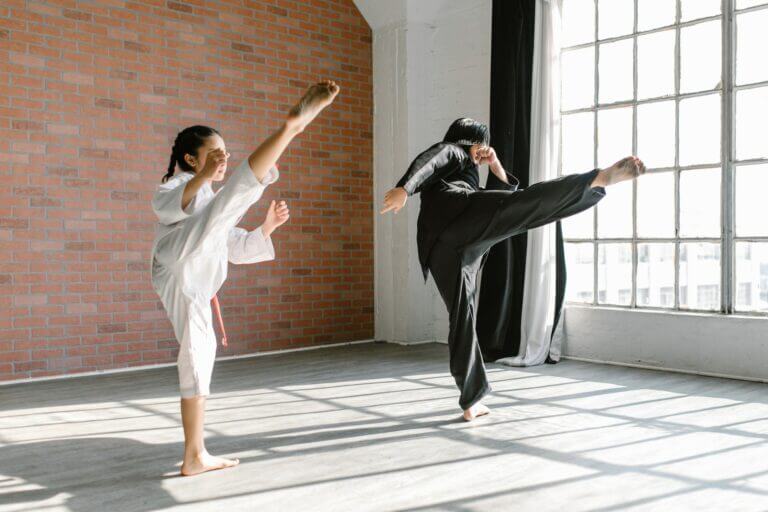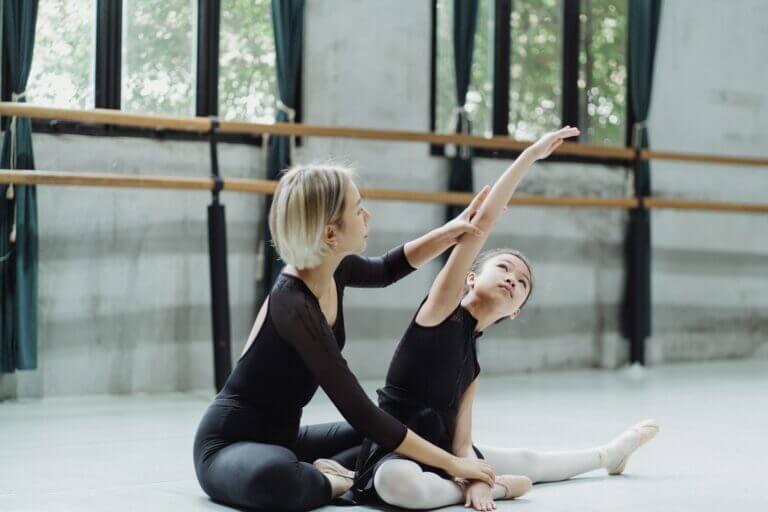It comes as no surprise that, as an athlete, you know the importance of taking care of your body.
Stretching your muscles regularly is a good way to maintain your range of motion and flexibility. Of course, you’ll focus on different joints and muscles in your body depending on the sport you’re engaged in.
For example, a baseball player would focus on the tight muscles in their shoulders and arms, whereas a soccer player would focus on relaxing their hamstrings and calves because they use those muscles in sports. Stretches for runners also tend to focus on their lower body to increase their sports performance.
Proper etiquette is the key to flexibility, and it can also help to reduce the risk of you sustaining an injury on your muscles when you engage in your sport. It also goes the other way around though—improper stretching can increase your chances of injury.
So how should you make sure you’re doing the right movements the proper way?
Safety Precautions
Before you jump right into stretching, make sure to keep these safety tips in mind.
- Remember to breathe in deep as you move! Taking deep breaths allows for more oxygen to travel to your muscles, improving your blood circulation.
- Stop when you feel pain beyond a little bit of tension. Stretching shouldn’t hurt, so if it does, you might just be one step away from a nasty muscle tear.
- Take your time and go slow. There’s no need to rush while doing these, so ease yourself into the movement gently.
- Don’t bounce or jerk when you move. While you can quickly increase your range of mobility, you also stand a chance to injure yourself!
Now that you know these safety tips, here’s a set of 9 stretches split into two categories—dynamic and static stretches—that will loosen and relax the muscles lining your whole body.
Dynamic Stretches For Athletes Before Playing
Listed below are some of the top stretches you should do for 5 to 10 minutes before engaging in your sport. Of course, you are also encouraged to add these to your daily stretching routine, as it can improve flexibility and prevent injuries like muscle and ligament tears.
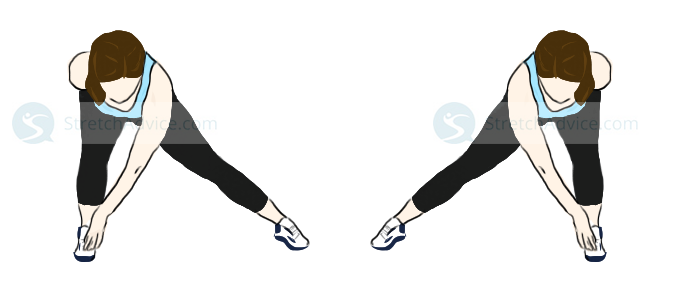
1) Side Lunge Touching Heel Stretch
This move engages your whole body and stretches the sides as you bring yourself closer and away from the floor. The twisting motion of this stretch can help you to reduce your risk of developing soreness after exercise. It can also alleviate knee pain because you have warmed it up before doing sports.
- Begin standing with your legs apart—slightly wider than your shoulders.
- Bend your left knee as you drop down to the left, keeping the soles of both feet planted firmly on the ground.
- Keep your left hand behind your back as you reach for your left foot using your right hand. Keep your knee bent as you look toward the floor, and you should feel a stretch in the inner thigh of your right leg.
- Get up and switch sides, moving down to your right instead.
- Repeat this action about 20 times.
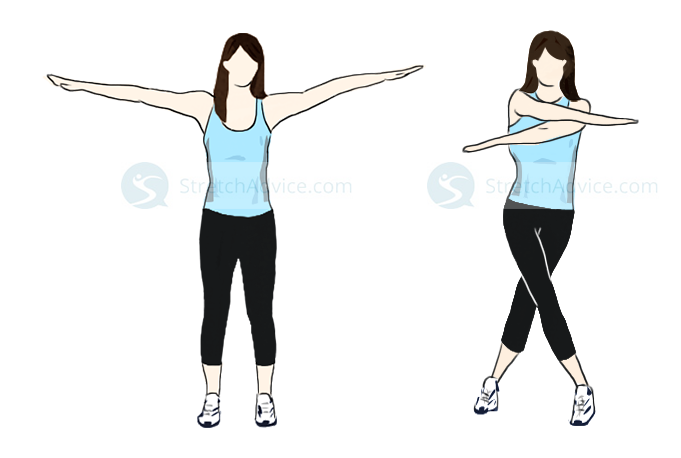
2) Scissor Stretch
This movement will keep your blood pumping in your arms and shoulders!
- Stand up tall, and straighten your back.
- Raise both arms out to your sides at shoulder height.
- Making sure not to bend your elbows, swing both arms to the front of your chest.
- Cross one arm over the other, then swing your arms backward.
- Your arms should swing as far as you can, behind your shoulders.
- Swing them back to the front, alternating which arm gets to be on top.
- Repeat this action for about 20 to 30 seconds.
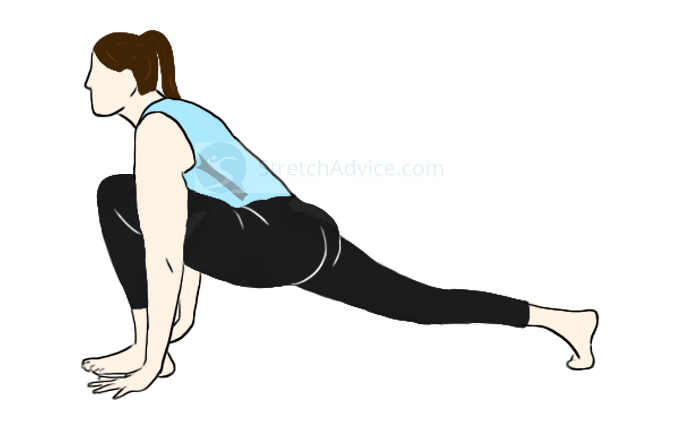
3) Runner’s Lunge
This reaches all the way up from your calves into your hamstrings, and up into your hip flexors! It can definitely help you increase leg mobility and loosens the muscle groups that are involved, especially runners, hence the name of this movement.
- Stand up nice and tall, before taking a big step forward with your leg.
- Slowly lower yourself into a forward lunge with your right knee, placing your fingertips on the floor.
- Inhale, then exhale as you straighten your back leg in one motion. Keep your leg extended for at least 5 seconds.
- Slowly return into the original position, then repeat this action 4 times.
- Stand up again and rest for 10 seconds before switching over to the other leg.
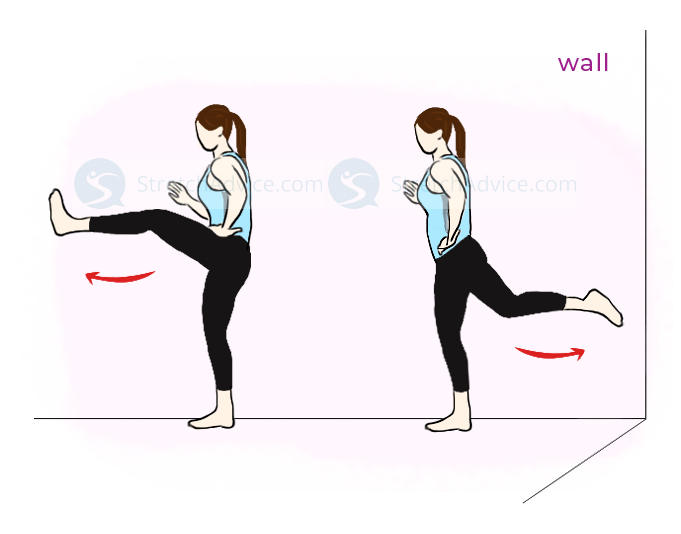
4) Forward Leg Swings
This essential stretch loosens up the joint between the sides of your hips and legs, opening it up for increased mobility. You’ll find it easier to run faster and put one leg behind the other.
- Stand near a wall or a bar and place your hand on the surface for support.
- Balance yourself on one leg, then begin swinging the other leg forward.
- Keep your swings loose, without using too much force like you’re trying to kick something.
- Swing for about 15 to 20 seconds before switching sides.
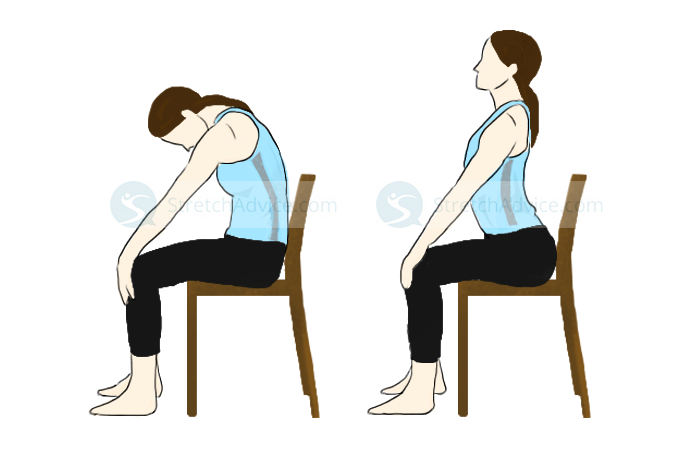
5) Cat-Cow
This pose targets the muscles in your back, lengthening the spine while alleviating lower back pain and also to help prevent injury in this part of the body. You should also note that while this pose typically gets you to start on all fours, you can do it even while sitting down too, and it can still relieve you from all types of back pain.
- Get on all fours, making sure that your back is straight. Your knees should be aligned with your hips, and your palms flat on the floor.
- Bring your head up as you flex your back, creating a gentle curve in your spine. You should feel the muscles on the back relax, and your lower back pressure release from your body.
- Then invert the pose by rounding your spine and bringing your head down. You’ll be able to see your belly and the front of your thigh as you do it. Remember to breathe throughout the stretch to really get your blood circulation flowing.
- Repeat as many times as you need, but the standard amount is around 4 to 5 reps.
Static Stretches To Do After Playing In Your Sports
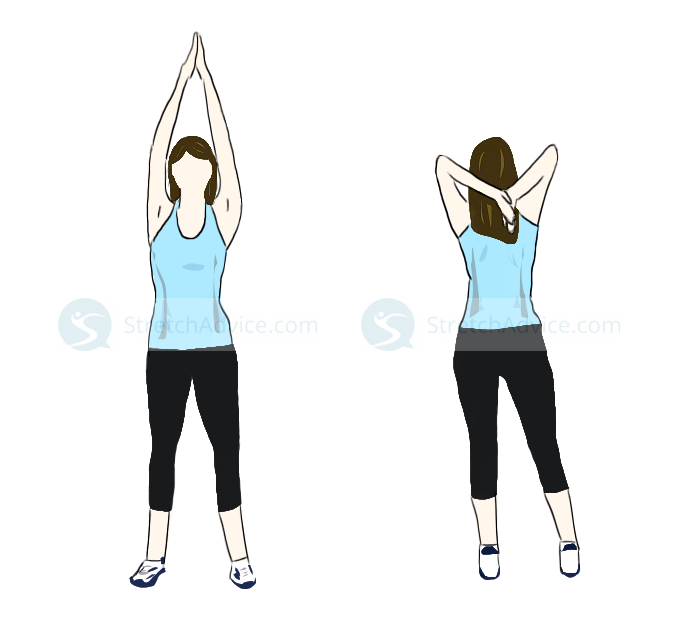
1) Arm Raises
This is one of the best stretches to loosen up your shoulders and your upper back—I know they’re sore after all that activity, and this movement is kind of like a sports medicine. Remember that flexibility is key to maintaining an injury-free body.
- Raise both of your arms up in the air toward the ceiling and clasp your hands together.
- Bend your elbows and your hands should fall behind you.
- Inhale as you look up, pushing your chest forward.
- Hold this position for 10 to 20 seconds.
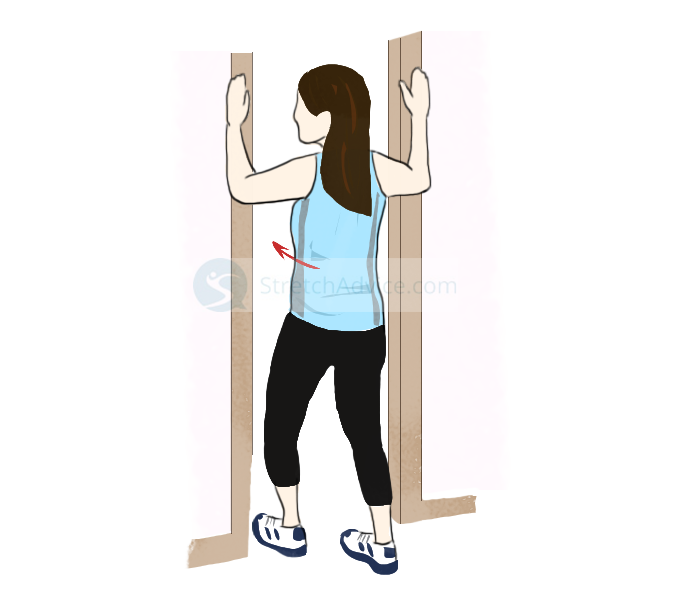
2) Doorway Pectoral Stretch
This chest opener stretch targets your chest, biceps, and your shoulders. You’ll need a wall or a doorway to perform this movement
- Stand in the doorway and place both forearms on the door frame. Your fingers should be pointing upward, with your palms flat against the surface.
- Lean forward until you can feel the pressure of a stretch in your chest.
- Hold this position for 20 to 30 seconds.
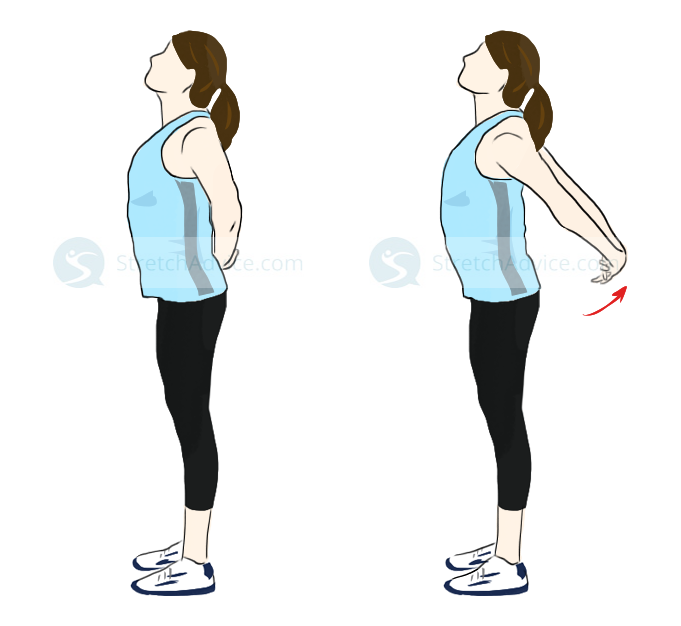
3) Biceps Stretch
As the name indicates, this upper body stretch loosens the muscles of your biceps. It also loosens the muscles in your chest and shoulders for better arm mobility. Doing this before playing sports will increase flexibility and prevent sustaining injuries.
- Stand with your feet hip-width apart, then place your hands behind your back, interlacing your fingers at the base of your spine.
- Straighten your arms out, and move your hand so your palms face the floor.
- Raise your arms backward, as high as you possibly can until you feel the stretch in your biceps and shoulders.
- Hold the position for 20 to 30 seconds.
- Rest for 10 seconds, then repeat it 2 to 3 times.
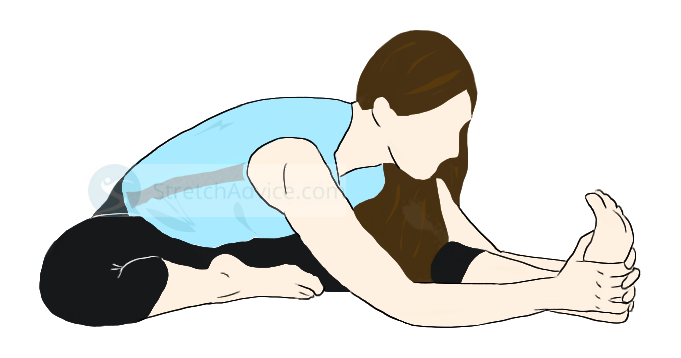
4) Figure Four Stretch (Seated Hamstring Stretch)
This type of stretching loosens the muscles in your back, groin, hamstrings and calves. It will help you to improve flexibility in your legs.
- Sit on the floor, or a yoga mat if you have one.
- Extend your right leg out in front of you, pointing your toes upward. Your knee should be straight.
- Bring your left leg close to you and place the sole of your foot on your inner thigh.
- Take a deep breath as you lift your arms up, above your head.
- Breathe out as you bend at your hips and reach for your right foot, stretching this group of muscles as far as you can go. If you can touch your toes, then do it! You should feel a stretch in the back of your leg, down to your quadriceps.
- Hold the pose for around 20 to 60 seconds—whatever you’re comfortable with. Don’t forget to breathe!
- Repeat on the other leg.
The Takeaway
As an athlete, regular stretching before doing your exercise routine can help to maintain and further increase your range of mobility. This means you’ll be able to perform better in your sport.
It can also help you improve your posture, as you’ll constantly need to watch out that your posture is correct to ensure you don’t injure yourself when you move.
Of course, these aren’t the only techniques out there. You can find a variety of different movements you can do, from yoga to ballistic, to dynamic and proprioceptive neuromuscular facilitation (PNF) stretches out there.
For example, the pigeon pose is great for your legs and butt because it specifically stretches your glutes and upper leg muscles that can grow tight after sitting all day because sitting for too long in front of the computer can stiffen your muscles. Then, you have the downward dog, which can really loosen the muscles in your back. The iron cross stretch is a great back cracker, as long as you hold each stretch for a decent amount of time.
However, if you find that things start to hurt, stop immediately and pay a visit to your local doctor or physical therapist. If you’ve suffered any muscle tears or physical injury, these medical healthcare professionals are here to help. They can help you identify the cause of the injury, and help rehabilitate your body.
When you make it a habit to stretch, you’ll enjoy a healthier active lifestyle!

